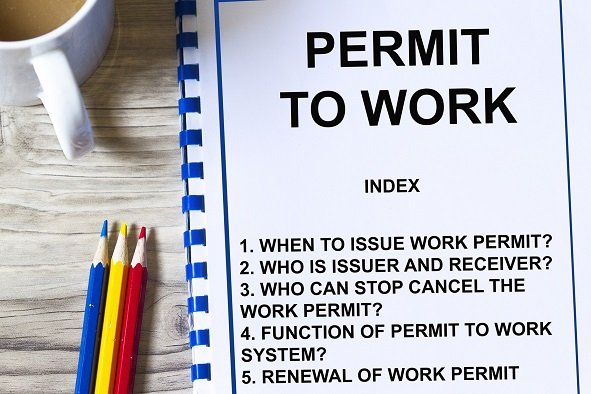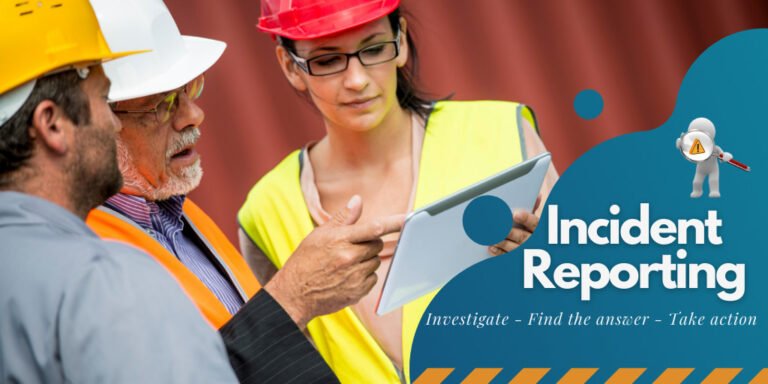Blockchain & Traceability in Oil Supply Chain – One Day USD 150 / Two Days USD 250 Per Pax
Description
-
Introduction to Blockchain Technology
-
Basics of blockchain and distributed ledger systems
-
Key characteristics: transparency, immutability, and security
-
Differences between public, private, and consortium blockchains
-
-
Overview of Oil & Gas Supply Chain
-
Understanding upstream, midstream, and downstream processes
-
Common challenges: fraud, inefficiencies, and lack of transparency
-
Opportunities for digital innovation
-
-
Role of Blockchain in Supply Chain Management
-
Ensuring traceability of crude oil and petroleum products
-
Reducing fraud, theft, and counterfeiting
-
Enhancing trust and accountability among stakeholders
-
-
Smart Contracts and Automation
-
Definition and functionality of smart contracts
-
Automating transactions, approvals, and compliance
-
Examples in procurement, logistics, and payments
-
-
Data Integrity and Security
-
Protecting sensitive operational and commercial data
-
Blockchain’s role in tamper-proof record keeping
-
Ensuring regulatory compliance
-
-
Integration with IoT and Digital Tracking Systems
-
Using sensors and IoT devices for real-time monitoring
-
Feeding verified data into blockchain ledgers
-
Improving operational visibility across the supply chain
-
-
Transparency and Auditability
-
Real-time tracking of shipments, storage, and distribution
-
Audit trails and reporting for regulators and partners
-
Enhancing decision-making and accountability
-
-
Blockchain Platforms and Tools
-
Overview of Hyperledger, Ethereum, and other platforms
-
Selecting the right platform for oil & gas applications
-
Interoperability and integration with legacy systems
-
-
Case Studies in Oil & Gas
-
Examples of blockchain implementation in upstream and downstream operations
-
Lessons learned from successful pilot projects
-
Measurable benefits and KPIs
-
-
Challenges and Limitations
-
Scalability, adoption barriers, and regulatory issues
-
Cost considerations and technological requirements
-
Strategies for overcoming resistance to change
-
Implementation Strategy
-
Steps for planning and deploying blockchain solutions
-
Pilot testing, stakeholder engagement, and scaling
-
Measuring ROI and operational improvements
-
Future Trends and Innovations
-
Integration with AI, IoT, and digital twins
-
Smart supply chains and autonomous logistics
-
Blockchain’s role in sustainability and ESG reporting




